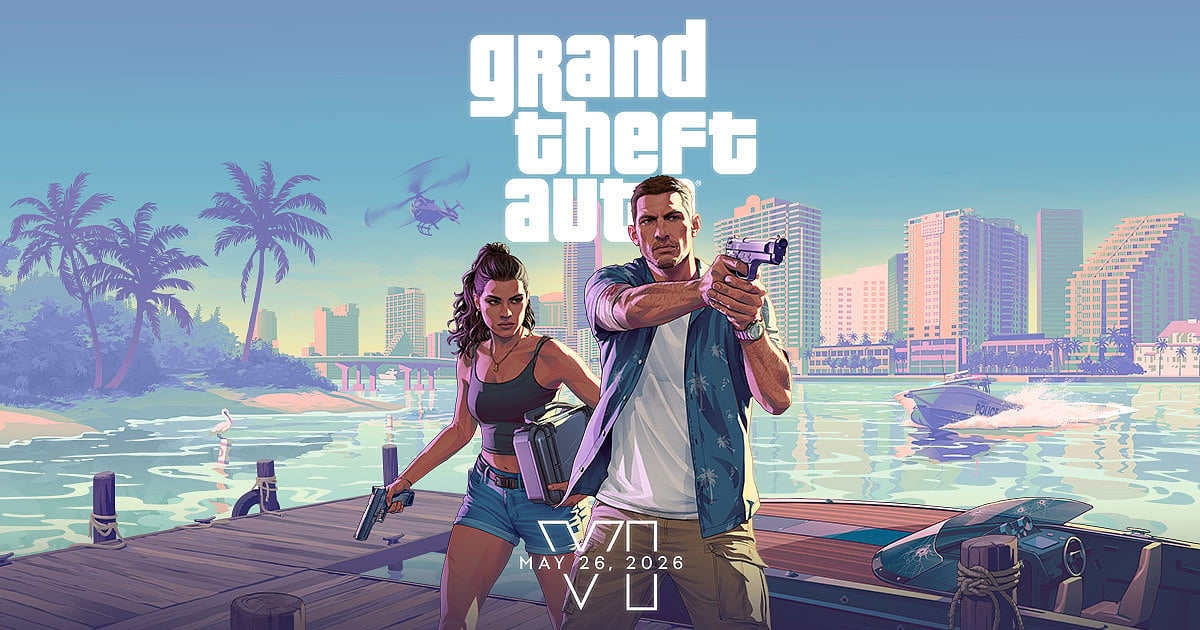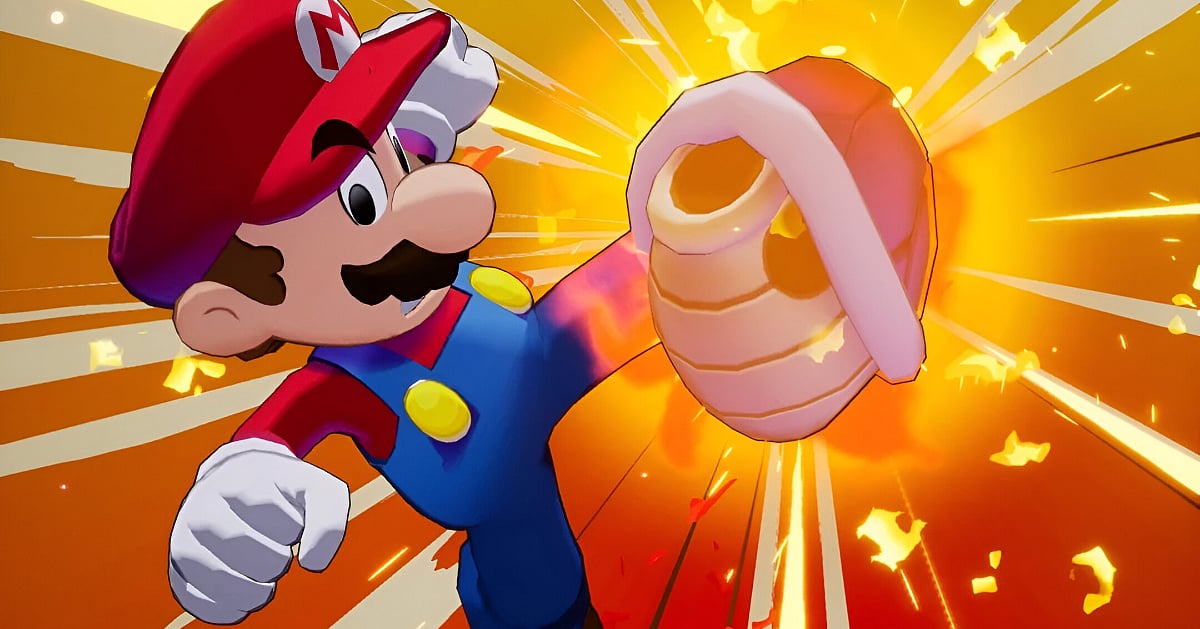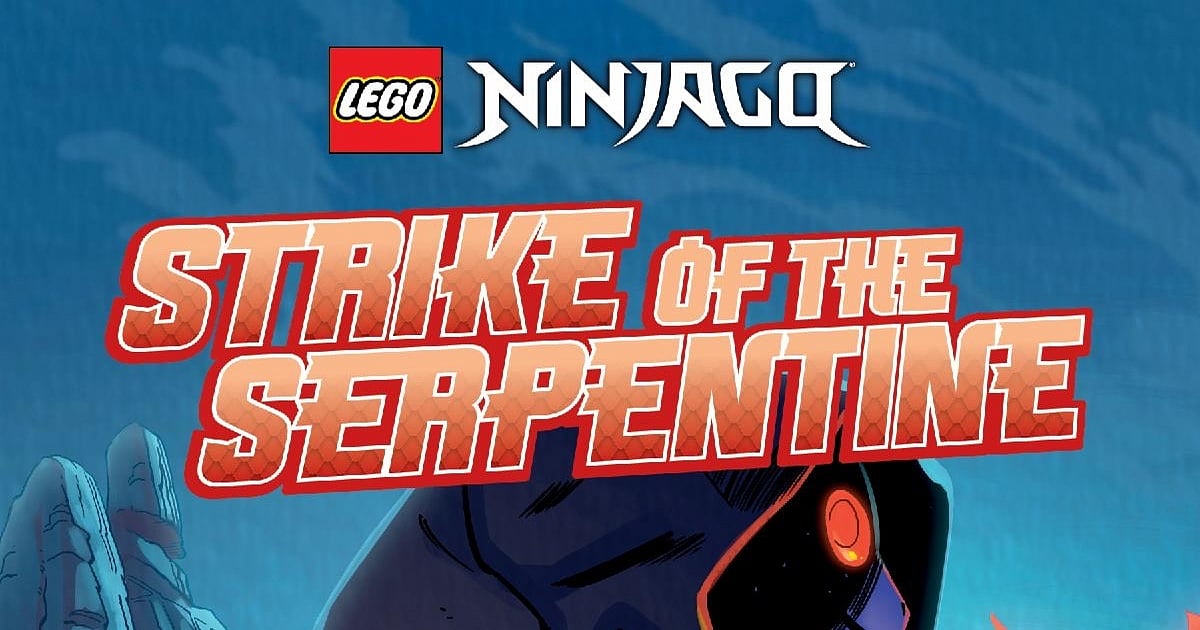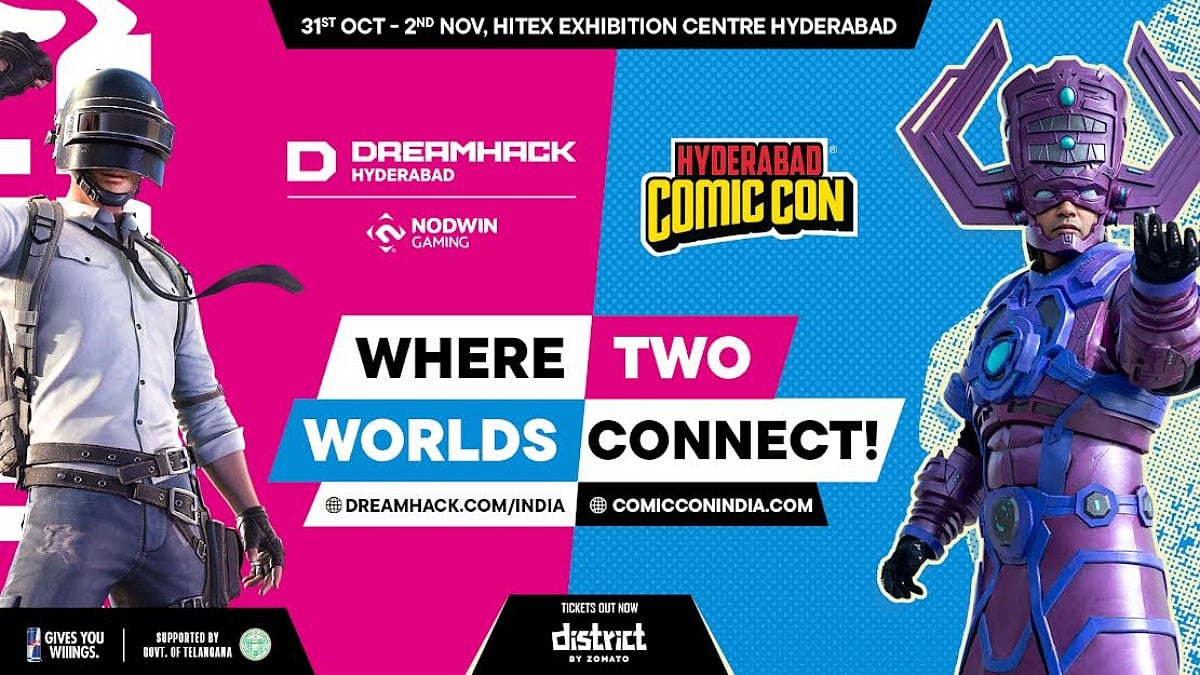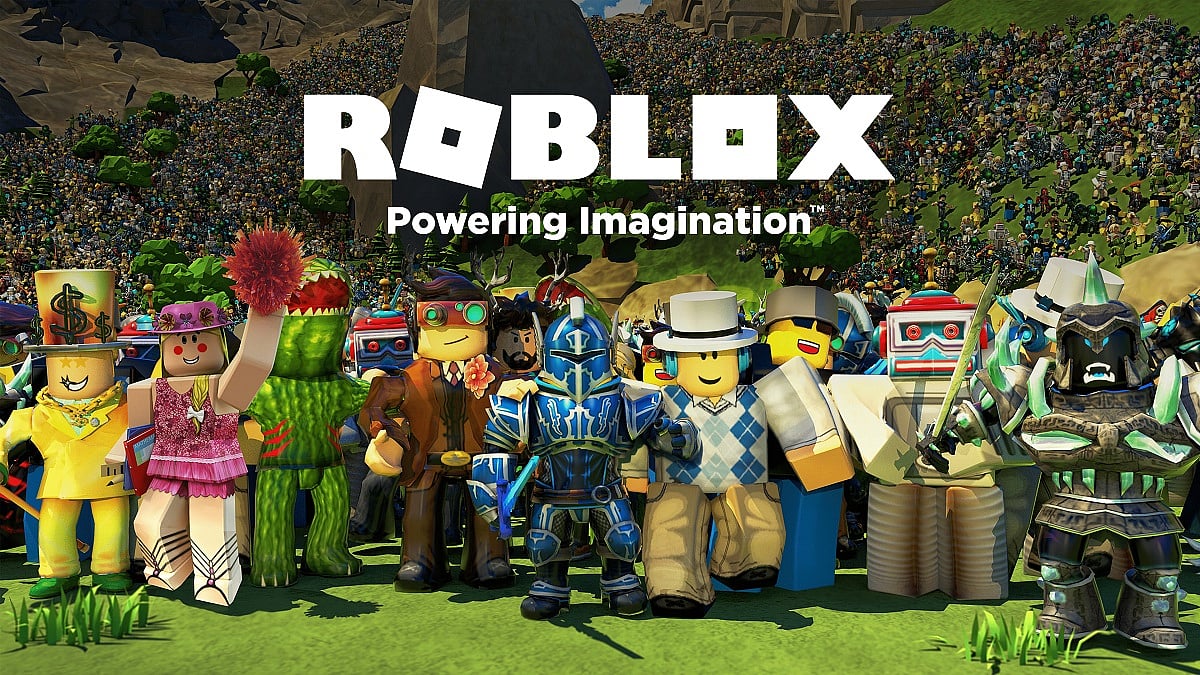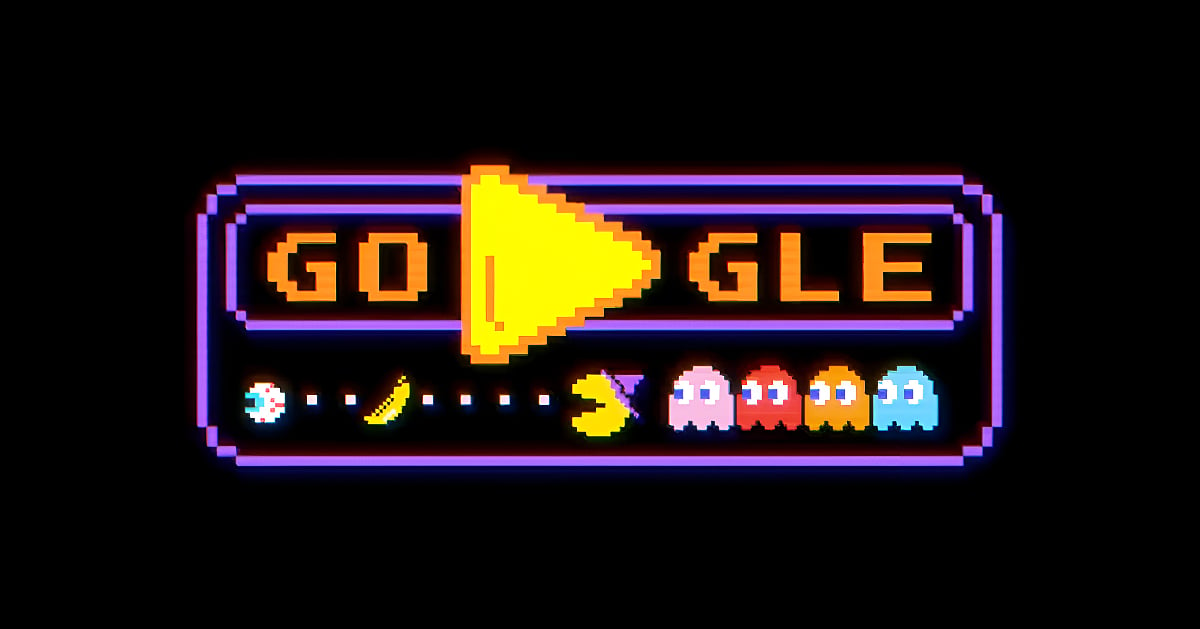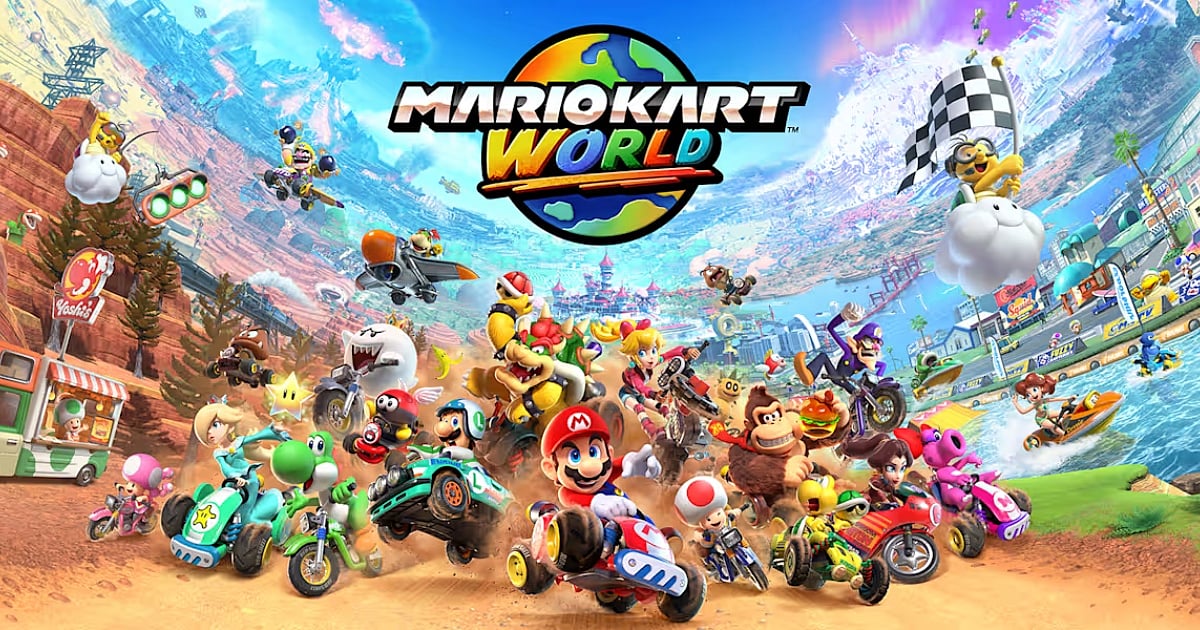
The console war is over.
PS5 vs Xbox vs Switch 2: Why 'Next-Gen' Is No Longer Uniform
The traditional console war is over. Skyrocketing AAA costs have forced Sony, Microsoft, and Nintendo onto three completely different paths for the new generation.
Highlights
- High AAA game costs have fractured the traditional "next-gen" console model.
- Sony, Microsoft, and Nintendo are no longer competing directly, each using a different strategy.
- The market shift has led to a lull in new blockbuster titles as studios adapt.
There used to be a magic to a new console generation. You saved up, maybe stood in a line, and brought home a new box that promised a clean break from the past. Your old controllers were useless, your old games obsolete, but it didn't matter. This new machine was a portal to experiences you couldn't get anywhere else.
That simple, predictable 5-to-8-year cycle was the engine of the video game industry for decades. It was a brilliant business model called the "razor and blades". Companies like Sony, Nintendo, and Microsoft would sell you the "razor"—the console itself—at a loss or a tiny profit. They made all their money on the "blades": the $60 (and now $70) games, the extra controllers, and the fees from other publishers.
However, this time, it all feels different. The PlayStation 5 and Xbox Series X launched over five years ago, but the "next-gen" magic feels muted. The release of the Nintendo Switch 2 in June 2025 signalled that a new generation is on the horizon, but instead of one big "console war", we're seeing a fractured landscape.
The war is over because, for the first time, there are three completely different winners, each playing on a different field. Welcome to the twilight of the "next-gen" era.
The $200 Million Problem That Broke 'Next-Gen'
The cracks in the old model appeared early, with mid-gen updates like the PS4 Pro. But the real seismic shift was the skyrocketing cost of AAA game development. To meet player demand for photorealism and massive open worlds, studios have had to spend upwards of $100 million, often exceeding $200 million for blockbuster titles. This has created an unsustainable economic model.
When a new console launches, its installed base—the number of active users—is still relatively small. Publishers cannot recoup massive development costs solely from early adopters. Instead, they release cross-gen games that run on both the new and old hardware, which still command a significant user base (over 100 million PS4 owners, for instance).
This dynamic has meant that the first few years of this generation saw only scaled-up versions of previous-gen titles like Elden Ring and God of War Ragnarok. These titles, while excellent, didn't offer the kind of generation-defining leap in gameplay that historically pushed players to buy new hardware.
This kept sales sluggish, as the core reason to upgrade was less compelling. The negative feedback loop slowed the overall upgrade cycle, fundamentally breaking the "razor and blades" model.
Sony's Fortress: The 'Velvet Rope' Strategy
This new reality has created a schism, not a war. On one side, Sony appears to be winning by traditional metrics. The PlayStation 5 has sold over 80.3 million units globally as of September 2025, capturing about 71% of the current market share. Yet, even Sony recognises that the old model isn't sustainable.
CEO Hiroki Totoki in 2024 outlined a new strategy: profit over volume. The PS5 is now positioned as a premium, exclusive platform. After the initial hype, they release the same games on PC, generating a second wave of revenue. Rumours suggest the next PlayStation may even evolve into a hybrid handheld, showing Sony's willingness to explore new angles to stay dominant.
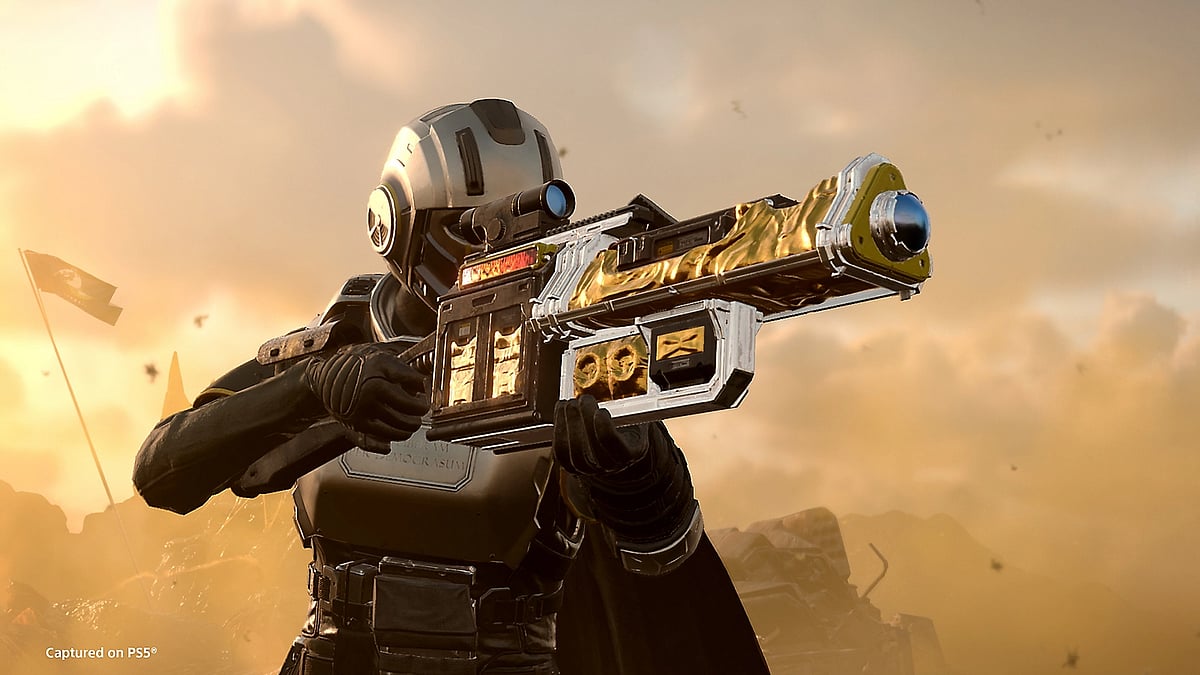
Playstation
Microsoft's Utility: 'Xbox' Is Now an App
On the other side, Microsoft has essentially surrendered the hardware war to build a "hardware-agnostic" utility. Their own financial reports confirmed this pivot: Xbox hardware sales cratered, dropping 29% year-over-year. But this loss was offset by a 1% rise in "content and services". They've stopped trying to sell "razors" and are instead selling a subscription to the blades.
"Xbox" is no longer a black or white box; it's Game Pass. The service has ballooned to an estimated 37 million subscribers. And the killer statistic is this: as of mid-2025, nearly half of those subscribers are on PC. By volume, "Xbox" is already a PC-first platform. This strategy is why you see things like Halo coming to PS5, marking the end of an era.
This pivot has real-world consequences. The Xbox brand seems to be in freefall, with retailers like Costco reportedly pulling consoles from their shelves due to low demand. The next Xbox, expected around 2027, will likely be a PC in a console's body, but estimates suggest it could cost between $1,000 and $1,500, alienating mass-market audiences.
Nintendo's Theme Park: The Anomaly
And then there's Nintendo. Just as the "end of an era" thesis seems absolute, Nintendo executed a perfect, old-school generational launch. The Nintendo Switch 2, which hit shelves in June 2025, has been a spectacular, record-breaking success. It sold over 3.5 million units worldwide in its first four days, surpassing initial PS4 sales in the US.
How does Nintendo still do it? Because they operate within their own "Blue Ocean". Their titles—Mario, Zelda, Pokémon—are unparalleled and continue to drive hardware sales. Their development costs aren’t tied to photorealism, and their revenue model remains as simple as ever: high-performing launch titles and a loyal fan base that values exclusive IP.
For them, and only for them, the classic "razor and blades" model still functions perfectly, with standout launch titles like Mario Kart World and Donkey Kong Bananza driving hardware sales.
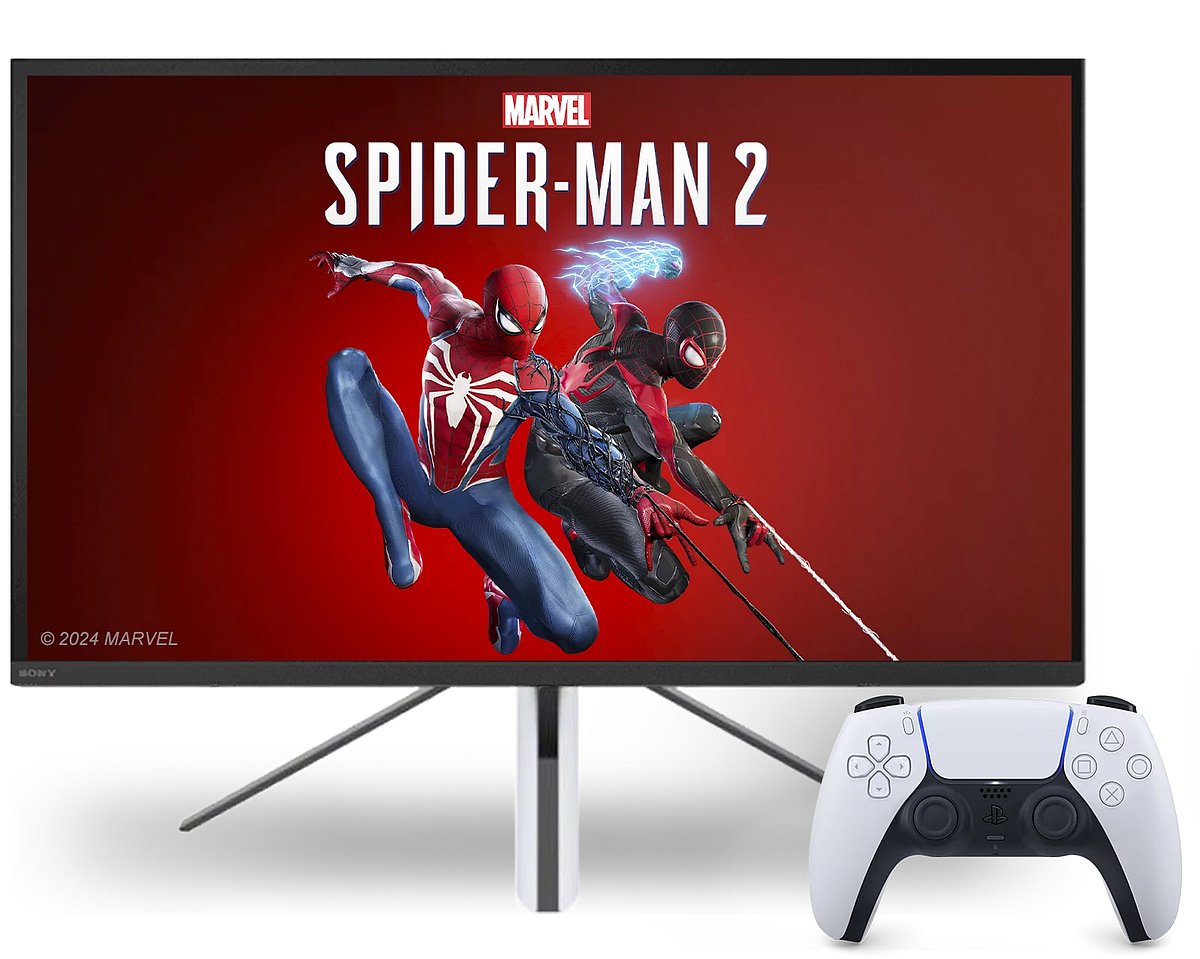
Playstation
The Great AAA: Where Are All the Games?
So, where does this leave the players? A 2025 report by MIDiA focused on established, ongoing games rather than new releases. Many players continued to invest their time in popular "forever" franchises such as Fortnite, Roblox, Call of Duty, and GTA V, resulting in a landscape where new blockbuster games struggled to capture substantial playtime.
This has led to a "lull" in major game franchises. Titles like Star Wars: Knights of the Old Republic remake have been announced but have received no updates in years. A new God of War is rumoured, but nothing is official. Assassin's Creed Shadows seems to be it for now.
It appears studios are scaling back output to prepare for the next generation. Hogwarts Legacy, a huge success, reportedly had its DLC and a special edition cancelled. Marvel's Spider-Man 2 sold over 11 million copies but never received story DLC. For fans, this means a frustrating holding pattern.
A Fractured but Flexible Future
The "next-gen console" as a singular, unified event is over. That doesn't mean consoles are dead; the PS5 and Switch 2 are selling in record numbers. What's over is the uniformity. The upcoming generation looks rocky, with AAA games flopping, studios closing, and tariffs hitting the industry hard, leading to PS5 price hikes.
But there is a light on the horizon. Indie and AA studios have picked up the slack, delivering creative Game of the Year contenders like Clair Obscur: Expedition 33. The new landscape also raises new questions. Backwards compatibility is now a must-have, as most Switch games are playable on the Switch 2.
And despite the rise of digital, 75% of Cyberpunk 2077's sales on the Switch 2 were physical copies, proving players aren't ready to give up their boxes.
The era of a unified, predictable console generation has ended. The game industry is now a patchwork of different strategies, signalling a new, more fragmented chapter for gamers worldwide.

Author
Krishna Goswami is a content writer at Outlook India, where she delves into the vibrant worlds of pop culture, gaming, and esports. A graduate of the Indian Institute of Mass Communication (IIMC) with a PG Diploma in English Journalism, she brings a strong journalistic foundation to her work. Her prior newsroom experience equips her to deliver sharp, insightful, and engaging content on the latest trends in the digital world.
Krishna Goswami is a content writer at Outlook India, where she delves into the vibrant worlds of pop culture, gaming, and esports. A graduate of the Indian Institute of Mass Communication (IIMC) with a PG Diploma in English Journalism, she brings a strong journalistic foundation to her work. Her prior newsroom experience equips her to deliver sharp, insightful, and engaging content on the latest trends in the digital world.
Related Articles
